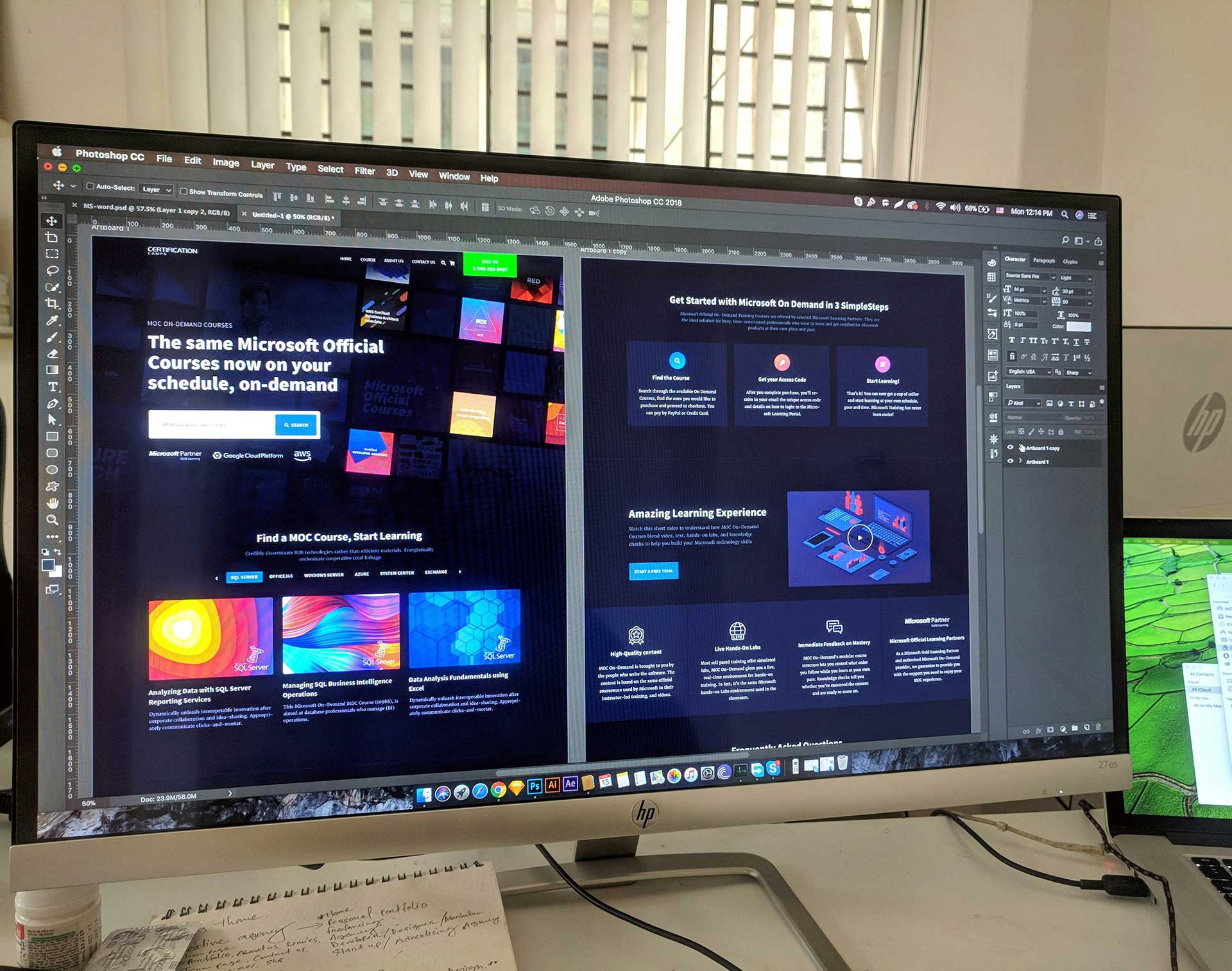When people think of website design, they often focus on colors, images, and layouts. While these visual elements matter, they’re only one part of what makes a website successful. The real driver behind effective websites is User Experience (UX).
In 2025, with digital competition fiercer than ever, businesses can no longer rely on good looks alone. A website must be easy to use, intuitive, and focused on the user’s needs. That’s where UX design comes in.
In this post, we’ll dive into the role of UX in successful website design, why it matters for businesses, and how you can apply UX best practices to your WordPress site.
1. What is UX Design?
UX design focuses on creating websites that provide meaningful, relevant, and seamless experiences to users. It involves:
- Understanding user needs
- Designing intuitive navigation
- Ensuring accessibility for all
- Optimizing for speed and performance
- Guiding users toward desired actions
In short, UX is about making sure visitors enjoy using your website while also achieving your business goals.
2. Why UX Matters in 2025
Users Have High Expectations: With so many choices online, people won’t tolerate poor design.
Attention Spans Are Shorter: You only have seconds to capture interest.
- Mobile-First World: More users browse on phones, making UX critical for small screens.
- SEO Rankings: Google favors websites with great UX—faster speeds, mobile-friendliness, and low bounce rates.
- Conversions: A smooth user journey increases sign-ups, purchases, and inquiries.
3. The Difference Between UI and UX
Many confuse UI (User Interface) with UX (User Experience).
UI is how the website looks—buttons, layouts, colors, and fonts.
UX is how the website feels—how easy it is to navigate, whether users find what they need, and how satisfied they are after leaving.
Both are essential, but UX is the foundation of successful website design.
4. Key Elements of UX in Website Design
- Navigation – Clear menus, logical structure, and easy-to-find information.
- Readability – Proper font sizes, spacing, and content hierarchy.
- Responsiveness – Seamless display across desktops, tablets, and smartphones.
- Accessibility – Support for screen readers, high contrast, and keyboard navigation.
- Loading Speed – Quick page loads to reduce bounce rates.
- Consistency – Unified colors, layouts, and branding across all pages.
- Conversion Paths – Clear CTAs (Calls to Action) guiding users toward business goals.
5. How UX Impacts SEO
Search engines consider user experience signals when ranking websites. Factors like:
- Mobile-friendliness
- Page speed
- Bounce rate
- Dwell time
- Secure browsing (HTTPS)
By investing in UX, you’re not only improving customer satisfaction but also boosting your chances of ranking higher in Google results.
6. UX and Business Growth
Good UX directly influences:
- Customer Trust – Visitors stay longer and engage more.
- Conversions – Intuitive layouts encourage purchases and inquiries.
- Retention – Satisfied users return, reducing churn.
- Word of Mouth – Positive experiences increase referrals.
For small businesses, startups, and enterprises alike, UX is a profit-driving factor.
7. Common UX Mistakes to Avoid
- Cluttered design with too many elements
- Confusing navigation and hidden menus
- Slow-loading pages
- Poor mobile optimization
- Weak calls-to-action (CTAs)
- Using jargon that confuses users
- Inaccessible design that excludes certain audiences
- Avoiding these mistakes ensures smoother, more successful user journeys.
8. Best Practices for UX in 2025
- Design Mobile-First: Start with the smallest screens and scale up.
- Prioritize Speed: Use caching, compression, and lightweight code.
- Simplify Navigation: Limit menu items and use clear labels.
- Use White Space Effectively: Prevent clutter and improve readability.
- Personalize Experiences: AI-driven content suggestions improve engagement.
- Micro-Interactions: Subtle animations and feedback enhance usability.
- Test and Iterate: Regularly use A/B testing and analytics to improve UX.
9. Case Study: UX in Action
Imagine two websites offering the same service:
- Site A: Beautiful design but cluttered navigation, slow loading, and poor mobile responsiveness.
- Site B: Clean design, intuitive navigation, responsive layout, fast speeds, and clear CTAs.
Users will trust and convert more on Site B because the experience feels seamless and professional. This demonstrates how UX can make or break a website.
10. WordPress and UX Design
WordPress provides powerful tools to improve UX:
- Responsive Themes that adapt to all devices
- Plugins for speed optimization (e.g., WP Rocket, W3 Total Cache)
- SEO Plugins (Yoast, Rank Math) to improve structure and readability
- Accessibility Plugins for inclusive design
- Page Builders like Elementor or Gutenberg for intuitive layouts
At DevsBloom, we combine these tools with custom strategies to create WordPress websites that deliver outstanding UX and business results.
11. Future of UX in Website Design
Looking ahead, UX will continue evolving with new technologies:
- Voice Search UX – Websites optimized for voice queries.
- AR/VR Experiences – Immersive browsing for e-commerce and services.
- AI Personalization – Websites adapting to user preferences in real time.
- Minimalist Navigation – Cleaner layouts with fewer distractions.
- Sustainability-Focused UX – Fast, eco-friendly sites optimized for energy efficiency.
- Businesses that embrace these trends will gain a competitive edge.
In 2025, UX is the foundation of successful website design. A site that looks great but frustrates users will fail to achieve business goals. On the other hand, a site built with UX in mind will improve engagement, boost conversions, and strengthen brand credibility.
At DevsBloom, we design and develop WordPress websites with UX at the core—fast, intuitive, mobile-friendly, and built to grow your business.
Because in the end, a website isn’t just about design—it’s about the experience your users have and the results your business achieves.
Your success starts with UX. Let’s build it together. 🌸






